Have you tried getting rid of stubborn pockets of fat in your belly? Are you frustrated by barely noticeable results after months of exercise and dieting? If so, then liposuction—an outpatient cosmetic procedure—can offer a fast and effective solution to your dilemma.
What is liposuction?
Liposuction is a minimally invasive procedure that removes excess fat from a localized area of the body. A thin, hollow tube called a “cannula” is inserted through incisions made in the surgical site and used to loosen the excess fat and suction it via a vacuum or cannula-attached syringe.
Who can undergo the procedure?
You can be a candidate for the procedure if you have overall good health, have one or more areas of excess fat that do not respond to diet or exercise, and are within 30% of your ideal weight. Liposuction is not a substitute for losing weight or exercising. The goal is to remove stubborn pockets of fat to make your body appear slimmer and contoured.
What are the prerequisites of a successful liposuction?
While highly safe and effective, liposuction involves surgical incisions and comes with a downtime and recovery period. Hence, it requires preparation in order to recover properly and achieve the desired results.
The most critical aspect of this procedure is consulting a board-certified plastic surgeon experienced in liposuction. A skilled surgeon will offer an individualized consultation, align your aesthetic goals to what the surgery can do, help you understand the potential results, and guide you in making an informed decision. She will also help you understand what you should expect during and after surgery, which will make your recovery process easier and faster.
You should have realistic expectations of what liposuction will help you achieve before you undergo the procedure. Liposuction can be superbly transformative when used to achieve specific aesthetic objectives, but much less so for those with unclear goals. This is why it is important to share your objectives and expectations with your surgeon and have them evaluated to ascertain the feasibility of the procedure in helping you achieve them.
Also, you should know that the recovery process after liposuction varies from person to person. In fact, factors such as your age, prior medical history and overall health will determine how quickly you recover. What you do in the period leading up to the surgery—weight loss, healthy diet and quitting smoking—will also affect your recovery. So speak with your surgeon, understand the procedure and how to prepare for it, understand the recovery process, and then allow your body to heal at its own pace.
What should you expect soon after surgery?
Liposuction is an outpatient procedure. You should expect to go home the same day. However, if a large amount of fat is to be removed, you may be required to stay in the hospital overnight to be closely observed.
Immediately after surgery, you will be placed in a compression garment that was custom-designed and fitted for you before the procedure. Then you will be moved to the recovery room for observation and then discharge an hour or two after the procedure.
While you are in the recovery room, your response to the surgery will be monitored. Your vital signs will be checked, including oxygen levels and blood pressure and any signs of dizziness and nausea. If all signs are good, you may return home.
You should have the following supplies ready for you at home:
- Pain medication
- Soda crackers for nausea
- Bottled water
- Comfortable, loose clothing
- Dark towels to place on your car seat to absorb leaking fluids
- Pillows for comfortable rest
Regardless of whether you stay overnight in the hospital, you will need someone to drive you home. The residual effects of anesthesia and pain medication make driving unsafe.
What happens the first 3 days after liposuction?
On the first day, you will have compression garments or elastic bandages wrapped around the surgical sites to help reduce swelling and contour your body to its new shape. Be sure to wear them diligently.
During the first 24 hours, you can expect some fluid to discharge from the liposuction incisions. This is a common occurrence and no need for concern. You may also have small drains placed at the surgical areas to minimize fluid buildup around the incisions. If you have drains, your surgeon will explain how to care for them.
You can expect to have moderate pain and soreness during the first few days of your recovery. If your surgeon prescribes pain medication, follow your medication schedule closely. The pain should begin to lessen within 48 hours.
Be sure to limit your activity during recovery. While the compression garments will restrict your movements, it is up to you to limit physical activity whenever possible. Get some help around the house for this early part of your recovery, particularly if you take care of young children.
What should you expect during the first and second weeks after surgery?
During the first five days following your procedure, your compression garments stay on 24 hours a day. Move your body every two hours to prevent the formation of blood clots and reduce swelling, and then rest and drink plenty of fluids. You should avoid showering and bathing—give yourself a sponge bath and wash your hair over a sink.
After day 5 and for the next 9 days, you can remove the compression garment when showering. Light exercise, like stretching or showering, can now be part of your routine.
You can expect a massive reduction in pain and soreness a week or two after your procedure, which means you will probably be able to return to work by the second week. If you have a physically demanding job, you may need more time off to fully recover. Meanwhile, you still need to wear your compression garments.
What happens between week 3 and week 5?
One month after liposuction, you will most likely feel no pain or soreness at all. Slight swelling is normal and can take months to subside completely. As the swelling and bruising continue to heal, the results from the surgery improve. By the week 4, you can resume light exercise while still avoiding strenuous or heavy activity. At this point in the recovery process, compression garments are only required for 12 hours a day.
What should you expect week 6 and beyond?
The sixth week usually marks the end of bruising and swelling, though some swelling may linger for a while. You will no longer need the compression garments and you may enjoy unrestricted activity levels unless your doctor orders otherwise. By week 6, you are free to enjoy the full scope of results from your surgery.
What should you do to speed up your recovery?
Recovery should not be rushed, but you can take certain actions to speed up your body’s natural healing process:
1. Eat healthy
Proper healing requires good nutrition even if you are completely healthy when you undergo liposuction. Eat well, eat regularly, and include lots of fresh fruits and vegetables in your diet to reduce inflammation. Protein will aid healing and maintain lean muscle mass. It is a good idea to prepare some healthy meals before your surgery since you won’t be able to cook the first few days after liposuction.
2. Stay hydrated
Hydration is essential for faster recovery, so drink plenty of water after your surgery. For variety, try infusing the water with fresh fruit. Drink at least eight 8-ounce glasses of water every day.
3. Get enough rest
Take it easy on your body and get plenty of rest during the first few weeks after your surgery. Proper rest and sleep will speed up your healing.
4. Walk regularly
Though strenuous exercise is not advisable during recovery, light movement will actually speed up your healing. During the first few days, exercise without increasing your heart rate and take short walks to keep yourself moving without straining your body.
5. Reduce salt
Keep your salt intake low because excess salt will increase water retention in your body and promote swelling.
6. Avoid tight waistbands
Tight waistbands and belts will slow down the drainage of fluids from the body, increase swelling, and slow down the healing process. Avoid waistbands and belts until swelling and bruising are reduced to the point where you feel comfortable wearing them.
7. Ask for help
Before the procedure, recruit a family member or friend to help you with activities such as caring for young children, cleaning or running errands. Trying to perform these activities yourself after the surgery will wear you down and prolong the recovery period.
Liposuction is a great way to boost your confidence and make you feel happier with your appearance. At Politis Plastic Surgery, our experience has shown that patients who know what to expect during and after the procedure usually have the smoothest and fastest recoveries.
Do you have more questions about liposuction recovery? Call (813) 542-2587 to schedule your consultation with Dr. Effie Politis. As a board-certified plastic surgeon who regularly performs liposuction, Dr. Politis will be happy to speak with you about how to achieve a slimmer, more contoured body. For more information about liposuction and other cosmetic surgery procedures, visit the Politis Plastic Surgery website.
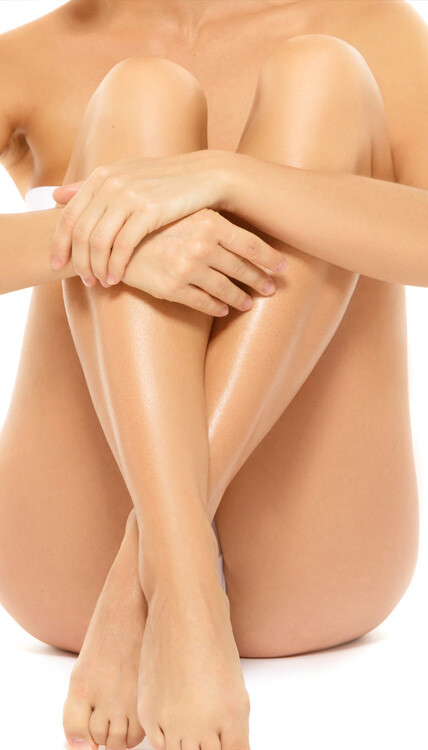
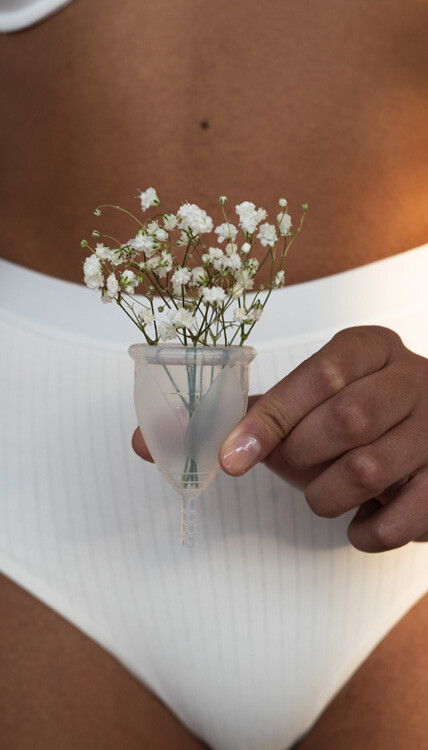
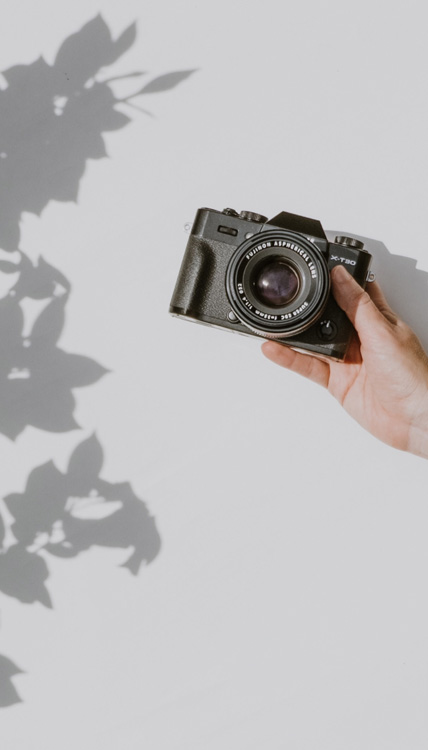

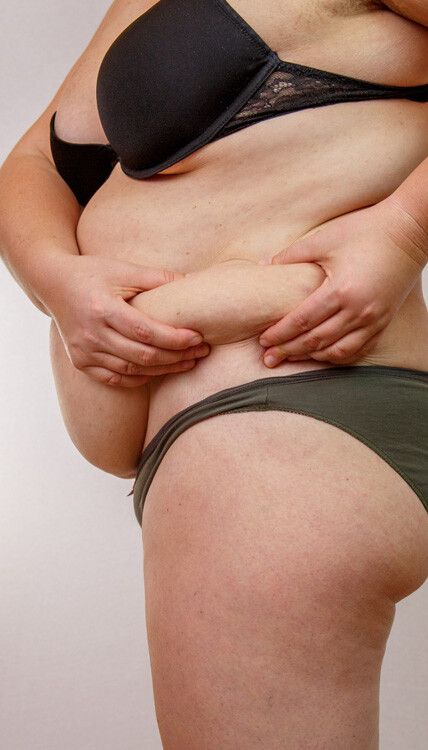
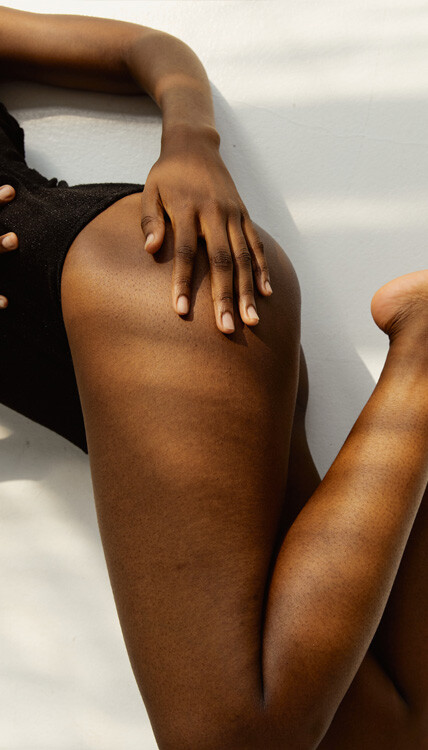
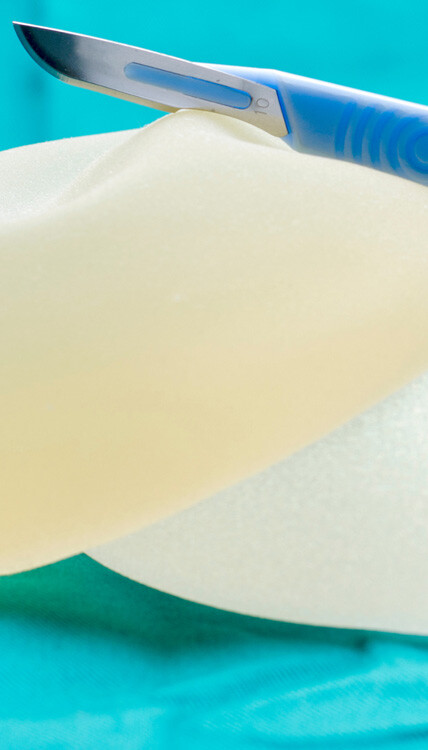
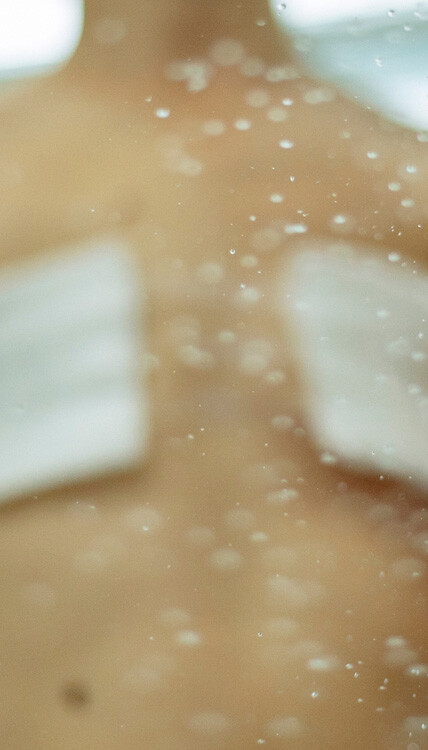
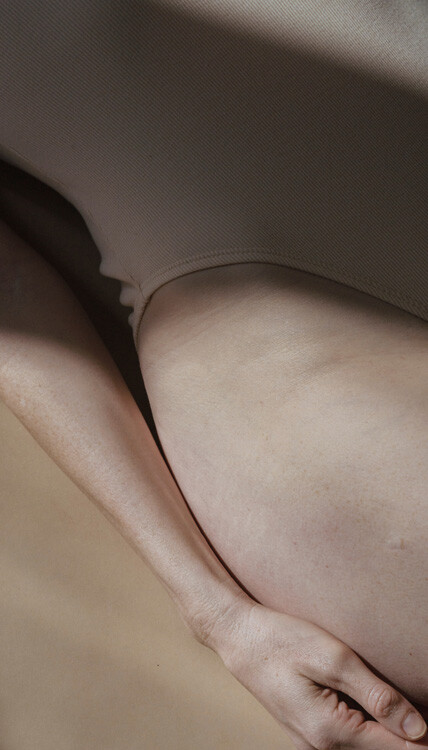


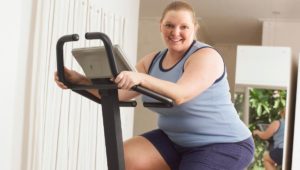 Liposuction removes stubborn fat and often reveals underlying muscles in the area where it is performed. In some cases, revealing these muscles by removing unwanted fat may lead to undesired body contours. It is necessary to
Liposuction removes stubborn fat and often reveals underlying muscles in the area where it is performed. In some cases, revealing these muscles by removing unwanted fat may lead to undesired body contours. It is necessary to 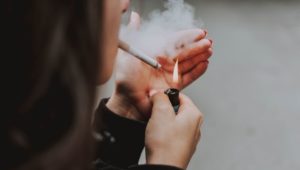 Plastic surgery is an extremely delicate procedure and anything that can sabotage the results should be avoided. Since nicotine restricts blood vessels and reduces blood flow throughout the body, you should avoid smoking.
Plastic surgery is an extremely delicate procedure and anything that can sabotage the results should be avoided. Since nicotine restricts blood vessels and reduces blood flow throughout the body, you should avoid smoking.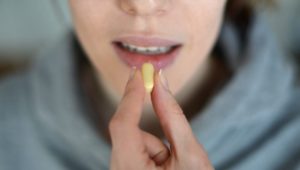 There are a number of over-the-counter medications, prescription drugs and supplements that may cause problems during liposuction surgery. They include drugs that inhibit blood clotting, cause excessive blood clotting or interfere with anesthesia. Generally, you should avoid taking blood thinners, aspirin, anti-inflammatory drugs and herbal supplements at least three weeks before surgery.
There are a number of over-the-counter medications, prescription drugs and supplements that may cause problems during liposuction surgery. They include drugs that inhibit blood clotting, cause excessive blood clotting or interfere with anesthesia. Generally, you should avoid taking blood thinners, aspirin, anti-inflammatory drugs and herbal supplements at least three weeks before surgery.